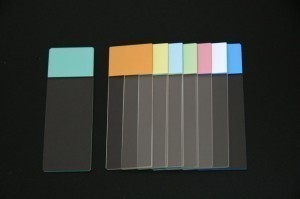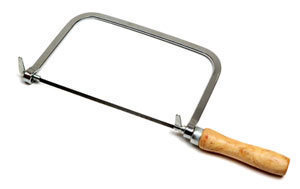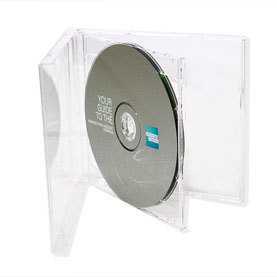Dimensions of a Microscope Slide
Used together with a microscope to examine  different kinds of microscopic objects, a microscope slide is basically a glass that is flat and thin. Before it is to be inserted in the microscope, the object must be mounted on the slide. By doing this, objects that are mounted on the slides can be inserted and removed easily from the microscope. After this, the next thing to do is to label, transport and store them properly within slide folders or cases. For a clearer understanding of this important object, it is good to know the dimensions of a microscope slide.
different kinds of microscopic objects, a microscope slide is basically a glass that is flat and thin. Before it is to be inserted in the microscope, the object must be mounted on the slide. By doing this, objects that are mounted on the slides can be inserted and removed easily from the microscope. After this, the next thing to do is to label, transport and store them properly within slide folders or cases. For a clearer understanding of this important object, it is good to know the dimensions of a microscope slide.
The Microscope Slide Dimensions
The standard size of microscope slides is 3 inches by 1 inch or 75 millimeters by 25 millimeters. In terms of thickness, each slide approximately measures 1 millimeter. Every slide is commonly used together with cover glass or cover slip, which is described as a thinner and smaller glass sheet to be placed right on top of the specimen. Slide clamps or slide clips are commonly used to hold the slides in place on the stage of the microscope.
In addition to the standard size slides, some versions are also available for different special purposes. For thin sections, the appropriate size is 1.89 inches by 1.10 inches or 48 millimeters by 28 millimeters. Slides for petrographic studies usually measure1.81 inches by 1.06 inches or 46 millimeters by 27 millimeters. For geological use, the appropriate slide size is 2.95 inches by 1.97 inches or 75 millimeters by 50 millimeters.
Additional Facts and Other Interesting Details
The primary material used to create slides is just common glass. In order to make it fit for the job, the edges are usually polished or finely ground. Although borosilicate glass and soda lime glass are the preferred options in making this important object, specialty plastics are also considered reliable alternatives. In case of fluorescence microscopy, ultraviolet transparency is very important, which makes the use of fused quartz slides necessary.
Other major types of specialized microscope slides are also available. Known for its shallow depressions, a concavity slide features a design that effectively works well with tissue cultures and liquids. Its corners may be rounded for enhanced robustness or safety. For automated handling, the corners of slides are commonly cut off. Another notable specialized slide is the graticule slide. This particular type of microscope slide features a grid of lines, the main purpose of which is for easier estimation and magnification of minute objects.
There are several methods used to mount specimens right on top of the slides. These things are very important especially for successful viewing. Some of these sophisticated techniques are the prepared mount, the wet mount and the dry mount.





